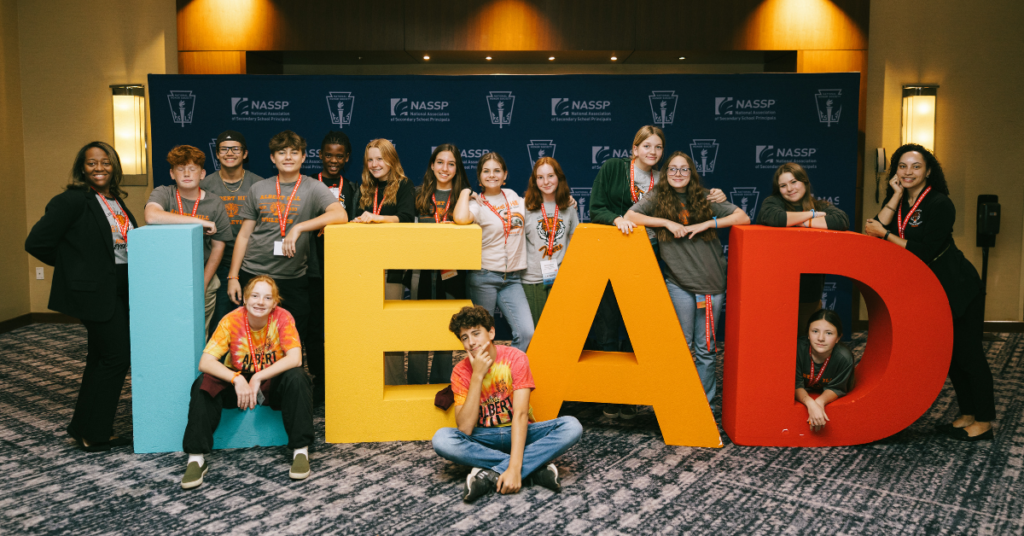Recalling the many times in my career that principals and peers challenged me to think outside the box, and then in turn me sharing the same advice with my student leaders, the idea of “thinking inside the box” seems counterintuitive. After all, we want our students to think about the possibilities when faced with hurdles and then focus on ways to overcome them instead of lamenting the constraints.
However, the reality is with any leadership position, decisions that move ideas to action usually come with unique boundaries based on individual circumstances. Nevertheless, five common boundaries are ever-present. Imagine them forming the sides and top of your student council’s “box.” Each represents either resources, time, budget, capacity, or school policies. Rather than seeing these walls as restrictions, they can spur students to engage their problem-solving and decision-making skills to construct and employ strategies to achieve their goal. Below, I explain these five common boundaries to show how thinking inside the box works.

1. Resources
These include anything from material supplies to facilities to human capital. In terms of facilities, schools have a finite supply of usable spaces for events and sometimes limited access to them. Similarly, council supplies of materials vary greatly and often must be parsed among multiple projects and events during the school year. However, this doesn’t mean student leaders are limited in their creativity to produce outstanding results. In fact, having limited resources can spark the most innovative solutions. Consider those councils that have created resource-sharing networks within their schools where clubs and other groups are encouraged to pool, openly lend, or share resources in a kind of symbiotic relationship where everyone involved is both supported and a contributor. With multiple groups vying for the same spaces on campus, partnering in this way is a viable strategy.
2. Time
Managing this precious commodity is an important skill for students to develop. Between classes, school activities in addition to student council, and personal commitments, ambitious students who thrive on engagement can quickly over-commit and jeopardize their council responsibilities. To navigate the time boundary effectively, it’s crucial for students to prioritize tasks and balance how many activities they share their time with. Managing the time boundary begins with setting clear goals and deadlines for projects. From there, creating a calendar to identify existing commitments helps students visualize their availability to allocate their time wisely. Effectively delegating is another valuable leadership skill when dealing with time constraints. Empower additional council members by assigning tasks that play to their strengths and interests. Delegation not only lightens the workload but fosters a sense of ownership and responsibility within the council.
3. Budget
Grand ideas may be floated for events and projects but may feel out of reach due to inadequate funding. However, several strategies can help make the most of an existing budget and find ways to secure additional funds. With any student council function or project, an important first step after getting the necessary approvals is to build a budget. Students must learn how to prioritize essential needs and corresponding expenses and then allocate funds and itemize accordingly. They can also research any grants and sponsorships that align with council objectives, and with an adviser’s help, lean on existing relationships and start new ones with local businesses and community leaders.
4. Capacity
Capacity limitations usually surface because the scope of the project greatly outmatches the size of the student council, or it creates excessive and uneven time commitments. Smaller councils may struggle with extensive projects, while larger ones may find it challenging to coordinate and distribute tasks in ways that balance everyone’s time. A key to addressing capacity challenges is leveraging the unique strengths and skills of each council member. Consider forming subcommittees to tackle specific aspects of larger projects. Effective communication and collaboration ensure everyone is on the same page and working toward common goals. Remember, it’s not the size of your council that matters most, but how effectively you can harness the collective potential and talents of its members.
5. Policies
Yes, school policies can feel like rigid boundaries that restrict a council’s creative freedom. Numerous ones govern specific areas such as event planning, fundraising, and other activities. However, it’s essential to understand that policies ensure safety and fairness within the school community. Student leaders and advisers should familiarize themselves with the rules. If a policy seems limiting, consider engaging in constructive dialogue with school administrators to explore potential modifications or exceptions. Creative planning that respects and adheres to policies demonstrates responsibility and growing professionalism of student leaders and will earn the respect and trust of both school officials and fellow students.
Thinking inside the box doesn’t mean stifling creativity; it’s about navigating the constraints that ultimately give student leaders the chance to exercise their thinking skills. By effectively managing resources, time, budget, capacity, and policies, councils can turn limitations into opportunities for growth and innovation.

